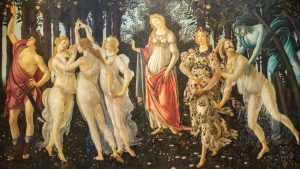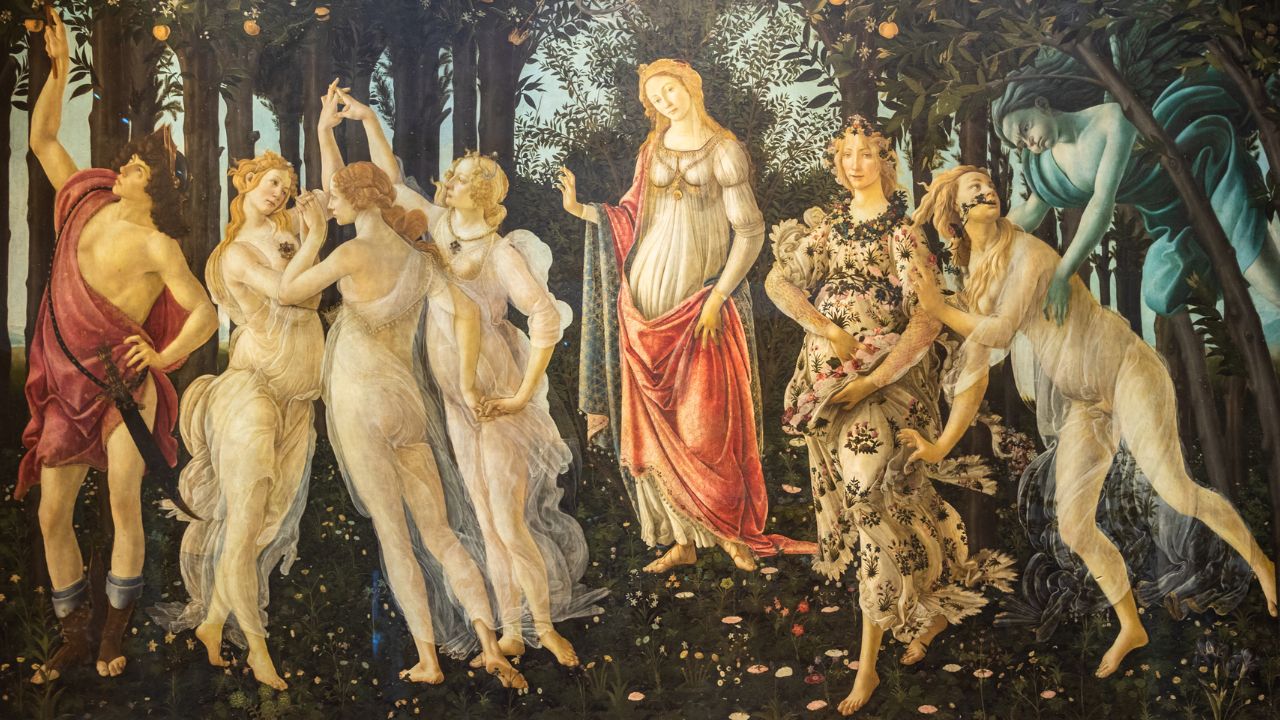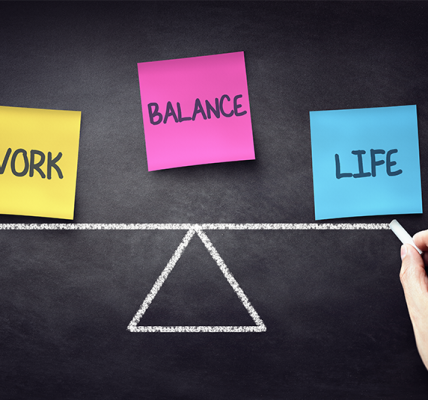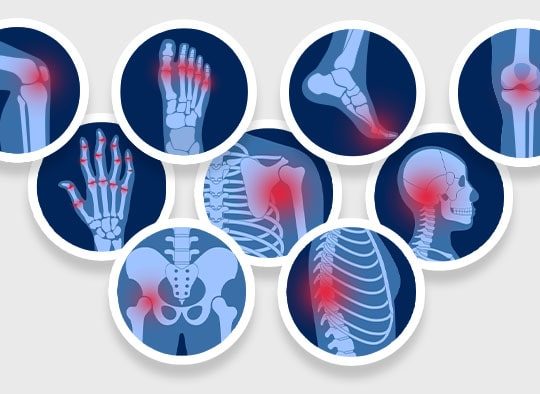Growing up, I was always fascinated by history. The stories of civilizations past, the great empires that rose and fell, and the remarkable individuals who shaped the course of human history. One period in particular that caught my attention was the Renaissance era. The sheer brilliance, creativity, and innovation that flourished during this time is truly awe-inspiring. Today, I want to take you on a deep dive into the art and innovations of the Renaissance era and explore why this period remains so influential even today.

To truly understand the Renaissance, we must first grasp the historical context in which it emerged. It was a time of remarkable change, marking the transition from the Middle Ages to the Modern era. The Black Death had devastated Europe, leading to a decline in religious fervor and an increased focus on humanism and the individual. This shift in mindset laid the groundwork for the explosion of creativity that followed.
One of the most notable aspects of the Renaissance was the incredible advancements in art. Traditional religious themes became less prominent, giving way to a newfound celebration of the human form, scientific exploration, and a deep appreciation for the natural world. Perhaps the most famous artist of this era was Leonardo da Vinci, a true polymath whose varied interests spanned from painting to engineering, anatomy, and even flight. His iconic works, such as the Mona Lisa and The Last Supper, showcase his unparalleled mastery of technique and his boundless curiosity about the world around him.
But Leonardo da Vinci was just one of many talented artists of the time. Michelangelo, known for his incredible sculptures and the awe-inspiring ceiling of the Sistine Chapel, and Raphael, whose delicate brushstrokes brought grace and beauty to his paintings, also made significant contributions to Renaissance art. These artists, along with many others, elevated the status of art and revolutionized the way it was perceived.
The Renaissance was not just a period of artistic innovation; it was also a time of immense scientific progress and discovery. The desire to understand the world through observation and experimentation became a defining characteristic of the era. Scientific luminaries like Galileo Galilei and Johannes Kepler made groundbreaking discoveries that laid the foundation for modern physics and astronomy. Their work challenged long-held beliefs and paved the way for a new era of scientific thought.
In addition to art and science, the Renaissance era also saw remarkable advancements in literature and philosophy. Writers such as William Shakespeare, Miguel de Cervantes, and Dante Alighieri produced timeless works of literature that continue to captivate audiences today. These literary giants explored complex themes of love, ambition, and the human condition, leaving an indelible mark on the world of literature.
So, why does the Renaissance era continue to captivate us even after centuries have passed? I believe it’s because the spirit of the Renaissance is one that resonates deeply with our own human nature. It reflects our innate curiosity, our desire for self-expression, and our relentless pursuit of knowledge and beauty. The Renaissance era reminds us that there are no limits to human potential and that through creativity and innovation, we can shape a better future.
In conclusion, the Renaissance era was a remarkable period of human history that left an indelible mark on art, science, literature, and philosophy. Its impact can still be felt today, and the works produced during this time continue to inspire and captivate audiences around the world. The Renaissance serves as a testament to the power of human ingenuity and reminds us that through embracing our curiosity and pursuing our passions, we too can make a lasting impact on the world. So, let us embrace the spirit of the Renaissance and continue to push the boundaries of our own creativity and innovation.











